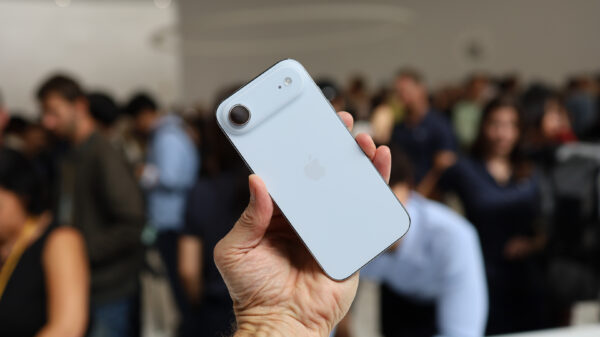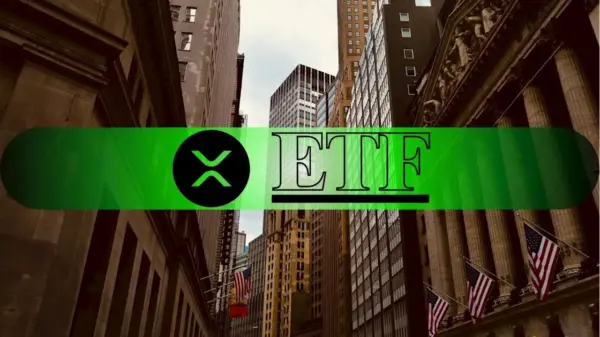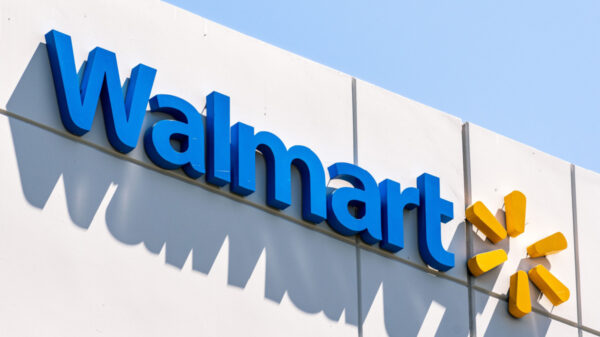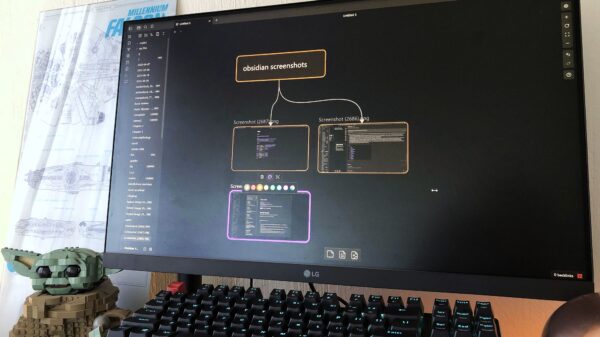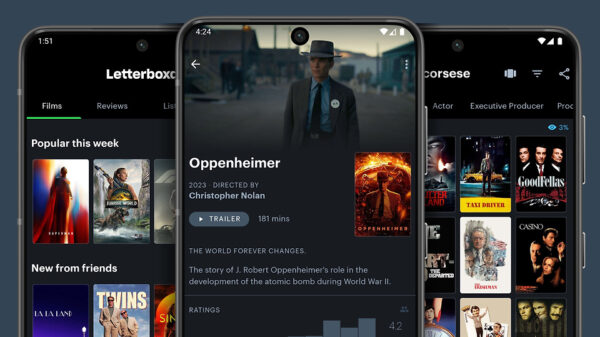UPDATE: Hubble Network is set to revolutionize global connectivity with a groundbreaking upgrade to its satellite-powered Bluetooth network. The Seattle-based startup has unveiled plans for a cutting-edge phased-array receiver, which CEO Alex Haro describes as creating a “true Bluetooth layer around the Earth.” This ambitious initiative is slated to launch in 2027, utilizing two new satellites from Muon Space, known as MuSat XL.
The first two MuSat XL satellites promise a 12-hour global revisit time and the ability to detect Bluetooth Low Energy (BLE) signals at a staggering 30 times lower power than current technologies. If successful, this advancement could significantly extend battery life for tracking tags and sensors globally, transforming industries such as logistics, infrastructure, and defense.
Hubble made history in 2024 as the first company to establish a Bluetooth connection directly to a satellite. Now, the startup aims to enhance its BLE Finding Network by allowing enterprises to integrate their devices with minimal hardware changes. Instead of requiring specialized devices, companies will simply need to update their chipsets with Hubble’s firmware, making asset tracking easier and more accessible.
The advantages of this space-based network are immense. It will enable global visibility, even in remote areas, and offers a developer-friendly approach for companies to track their assets without the need for additional infrastructure. Currently, Hubble operates seven spacecraft, with a target of expanding to 60 satellites by 2028. The upgrade to the larger MuSat XL platform is a crucial step toward achieving this goal, as it offers improved power and performance.
Haro emphasized the importance of partnering with Muon, noting their ability to rapidly scale manufacturing to meet ambitious schedules. A recent funding round of $146 million will further support these efforts. Gregory Smirin, president of Muon Space, revealed that their San Jose production facility is being expanded to produce over 500 spacecraft per year by 2027.
Hubble is the first customer for the MuSat XL platform, which weighs around 500 kilograms and is designed to provide multi-kilowatt power to payloads along with high-volume downlink capabilities. This partnership also signifies Hubble’s intention to compete for lucrative contracts with the Department of Defense, as the XL platform meets the needs for initiatives like the Space Development Agency’s missile defense constellation.
Muon’s innovative business model operates on a “space-as-a-service” premise, enabling them to design, build, and operate satellites while allowing companies like Hubble to focus on developing advanced networks. This collaboration not only enhances Hubble’s capabilities but also signals a significant shift in how businesses can access and utilize satellite technology.
As Hubble prepares for this major upgrade, the impact on industries reliant on asset tracking and connectivity will be profound. The urgent need for improved tracking solutions in today’s fast-paced world makes this development one to watch closely.
Stay tuned as Hubble Network and Muon Space move forward with their ambitious plans to redefine global Bluetooth connectivity. This is a developing story with far-reaching implications for the future of enterprise technology.














